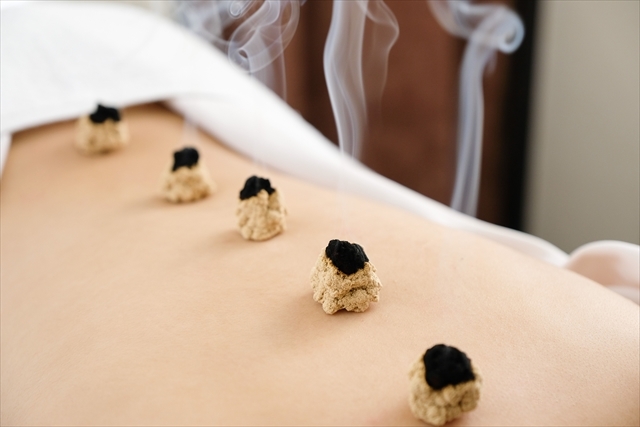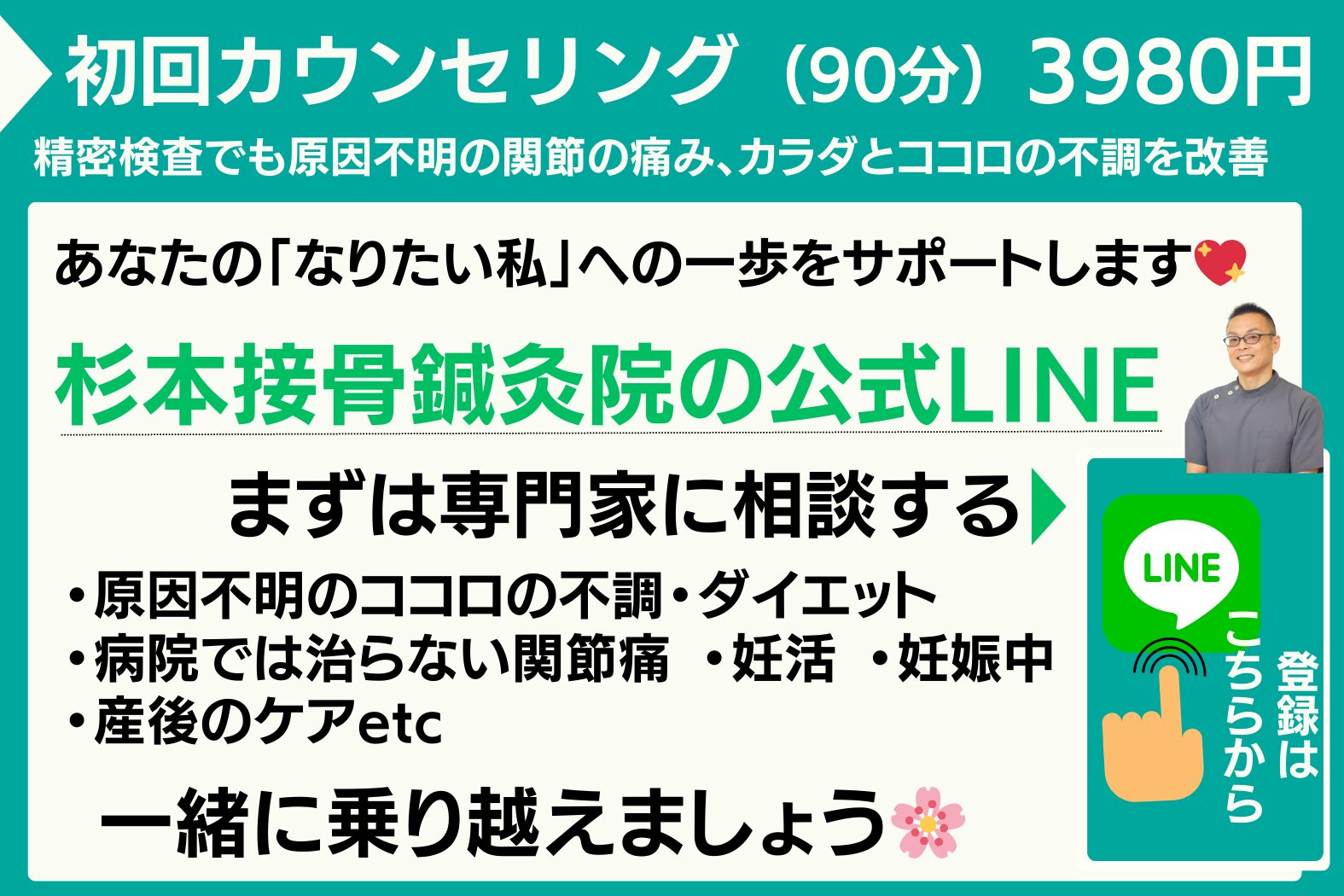
お灸に秘められた暖かさは、身体と心に柔らかく寄り添います。
お灸の起源は紀元前にまで遡り、中国の思想家、孟子(紀元前300年頃)がお灸で用いられる艾(もぐさ)を引き合いに出し、「七年の病に三年の艾を求む」という教訓を残しました。
この言葉は、すでにその時代において良質なもぐさの重要性が社会的な知識として広く認識されていたことを示す貴重な証拠です。
日本にお灸が伝来したのは奈良時代とされており、以来、医薬が乏しい時代でも、人々の健康維持や病の治療にお灸が利用されてきました。
※「七年の病に三年の艾を求む」とは、事態が差し迫ったときに、慌てても間に合わないので、日ごろの心がけが大事だということ。七年もの間病気に苦しんだあとで、三年乾かさないといけない上等の艾を求めるということから。
日頃からの備えの重要性を説く教訓です。
The warmth of moxibustion gently embraces both the body and the soul. The origin of moxibustion dates back to before the common era, where the Chinese philosopher Mencius (around 300 BCE) mentioned mugwort, used in moxibustion, in his teachings. He left the proverb, "For a seven-year illness, seek three-year-old mugwort," indicating that the importance of quality mugwort was widely recognized as common knowledge in society at that time. It is believed that moxibustion was introduced to Japan during the Nara period and has since been used for health maintenance and treatment of diseases, even in times when medical drugs were scarce.
※ "For a seven-year illness, seek three-year-old mugwort" is a metaphorical saying, teaching that no matter how excellent the strategy, it will not be timely if sought only in an emergency after a long-term illness. It emphasizes the importance of regular preparation.

